Hello,
I’m a 25-year-old male and I’ve been thinning since the age of 20, and I believe I might have stabilized the hair loss process as I’m taking medication and substances to stop the hair loss.
I’d like however to undergo a hair transplant, especially at the front of the scalp. The bad news in my case though is that my donor area is also thinning out, which means that perhaps 1500 grafts can be harvested.
My question to you is if it’s possible to harvest grafts from other parts of the body, say like the beard, arm pit hair and pubic hair, also the hair between the buttocks? Let’s throw in arm, chest and leg hair while we’re at it. Is it possible to transplant hairs from these areas to the scalp?
I wouldn’t mind if my ENTIRE beard was to be transplanted, because I have sebhorroeic dermatitis and my beard is just aggravating that condition. Is it possible to transplant the ENTIRE beard?
Grateful for a reply

I really can not answer your question properly. First, I have not examined you so I can not confirm what you are reporting.
Second, if you are losing your donor hair, then you probably have some condition that is not genetic patterned balding. Do you have diffuse unpatterned alopecia (DUPA)? It’s not usual to have the entire scalp thinning like you described.
Third, a hodgepodge of hair transplants from different parts of the body may give you a freaky, unnatural look and therefore, I wouldn’t be interested in doing a surgery like that. The hair from the beard is different than the underarms, the chest, the leg and so on. Body hair in general is different from scalp hair, as I’ve written about before (see here). Hypothetically speaking, transplanting the entire beard would leave facial scarring that wouldn’t be in your best interest.
Anything is possible and any hair can be moved from one area to another, but how it will look in the end is another entirely different matter.

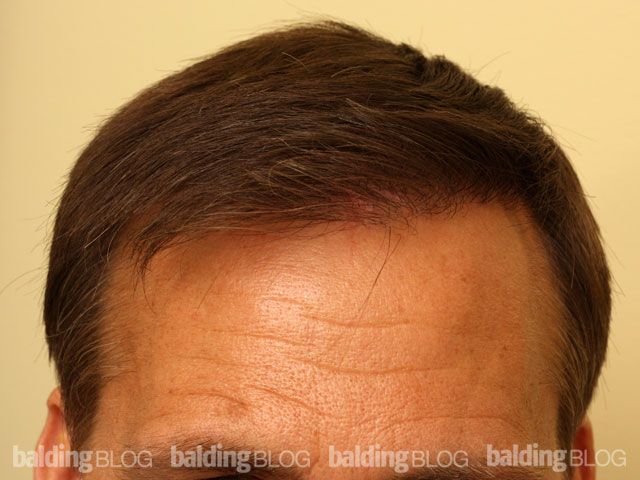
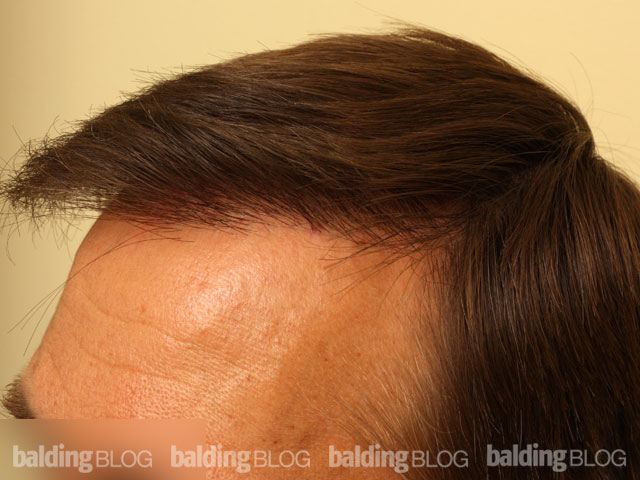
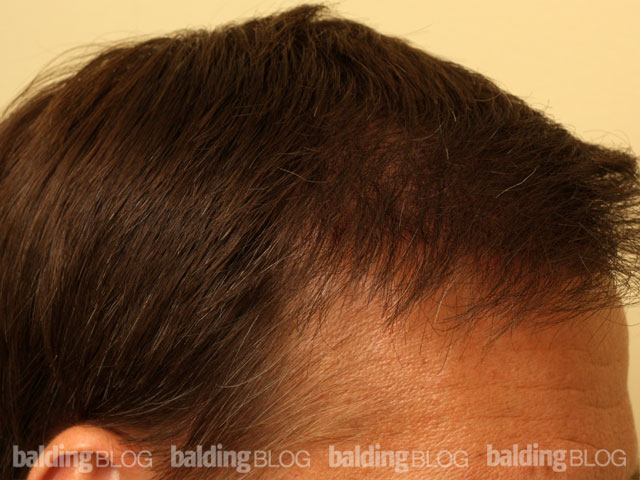
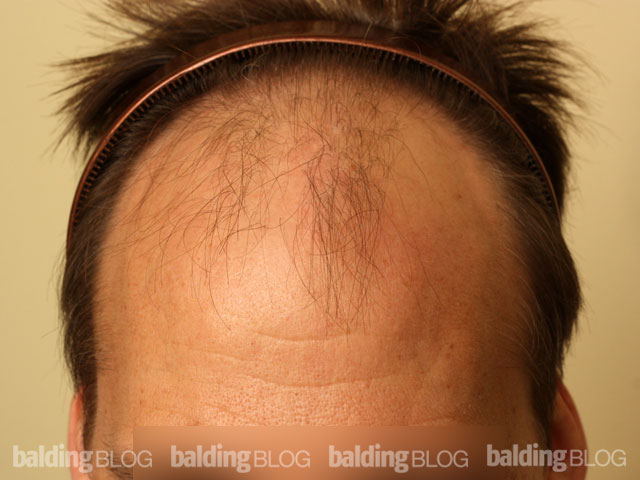
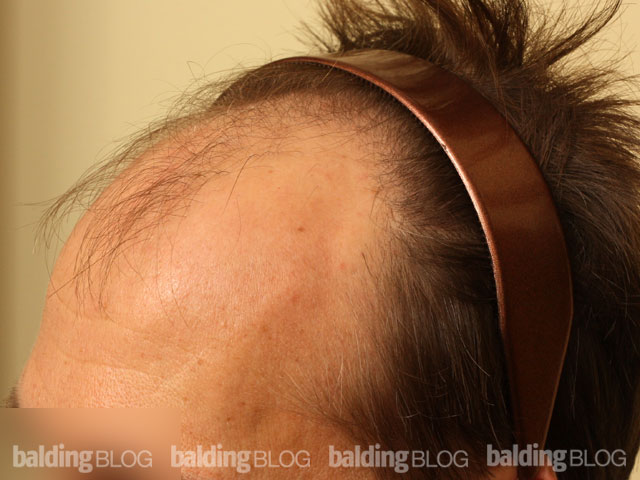
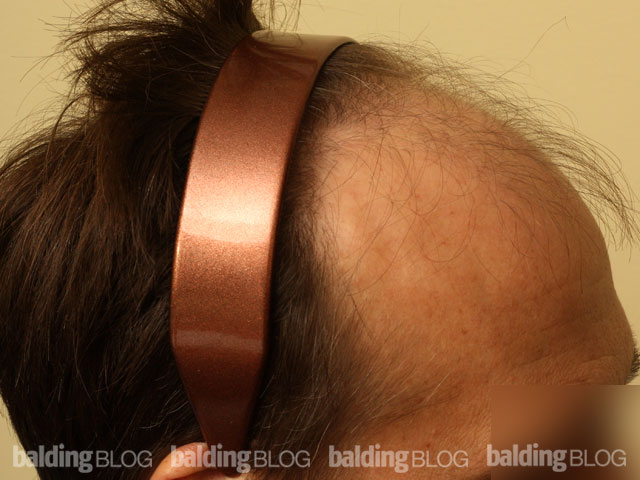

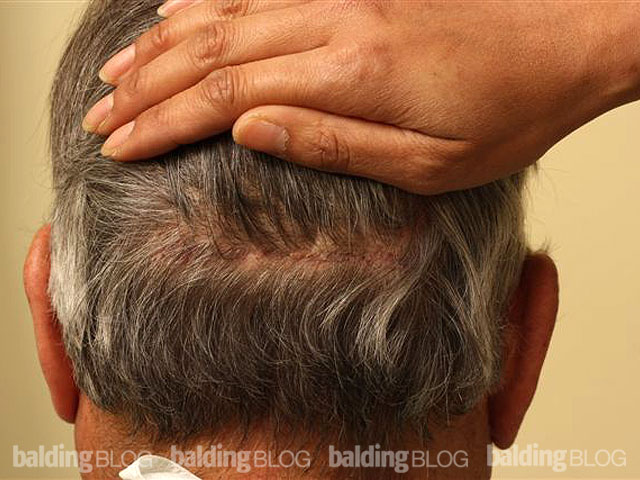
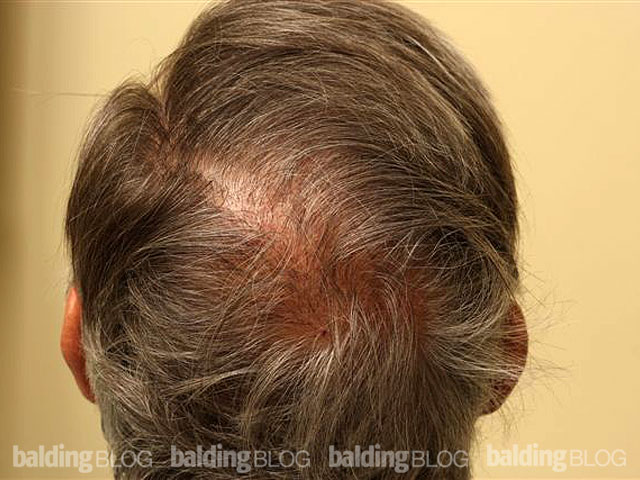

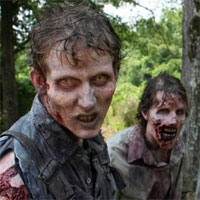 This article is from 2007, but I don’t remember writing about it before. It discusses a treatment tested in lab animals that “reduces the length of time any recipient must be on immunosuppressant drugs to just a week”… instead of a lifetime. I can’t seem to find more recent info on it though, and the toxic immunosuppressant drugs still in use today have to be taken forever, which is just one of the reasons that transplanting hair from a dead person just isn’t worth the risk.
This article is from 2007, but I don’t remember writing about it before. It discusses a treatment tested in lab animals that “reduces the length of time any recipient must be on immunosuppressant drugs to just a week”… instead of a lifetime. I can’t seem to find more recent info on it though, and the toxic immunosuppressant drugs still in use today have to be taken forever, which is just one of the reasons that transplanting hair from a dead person just isn’t worth the risk.